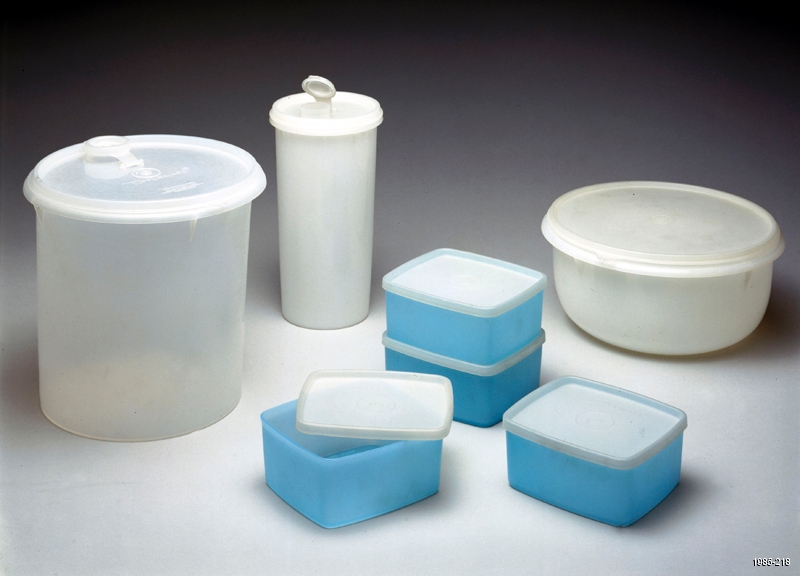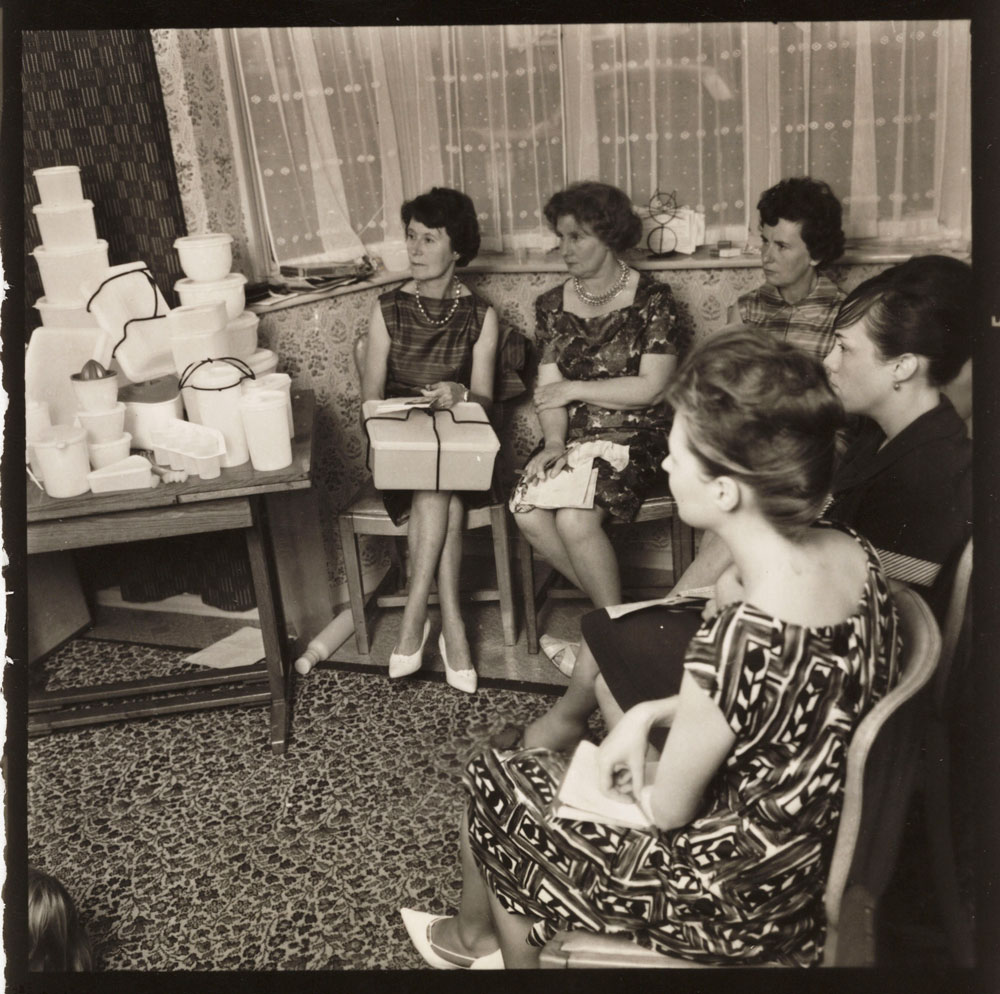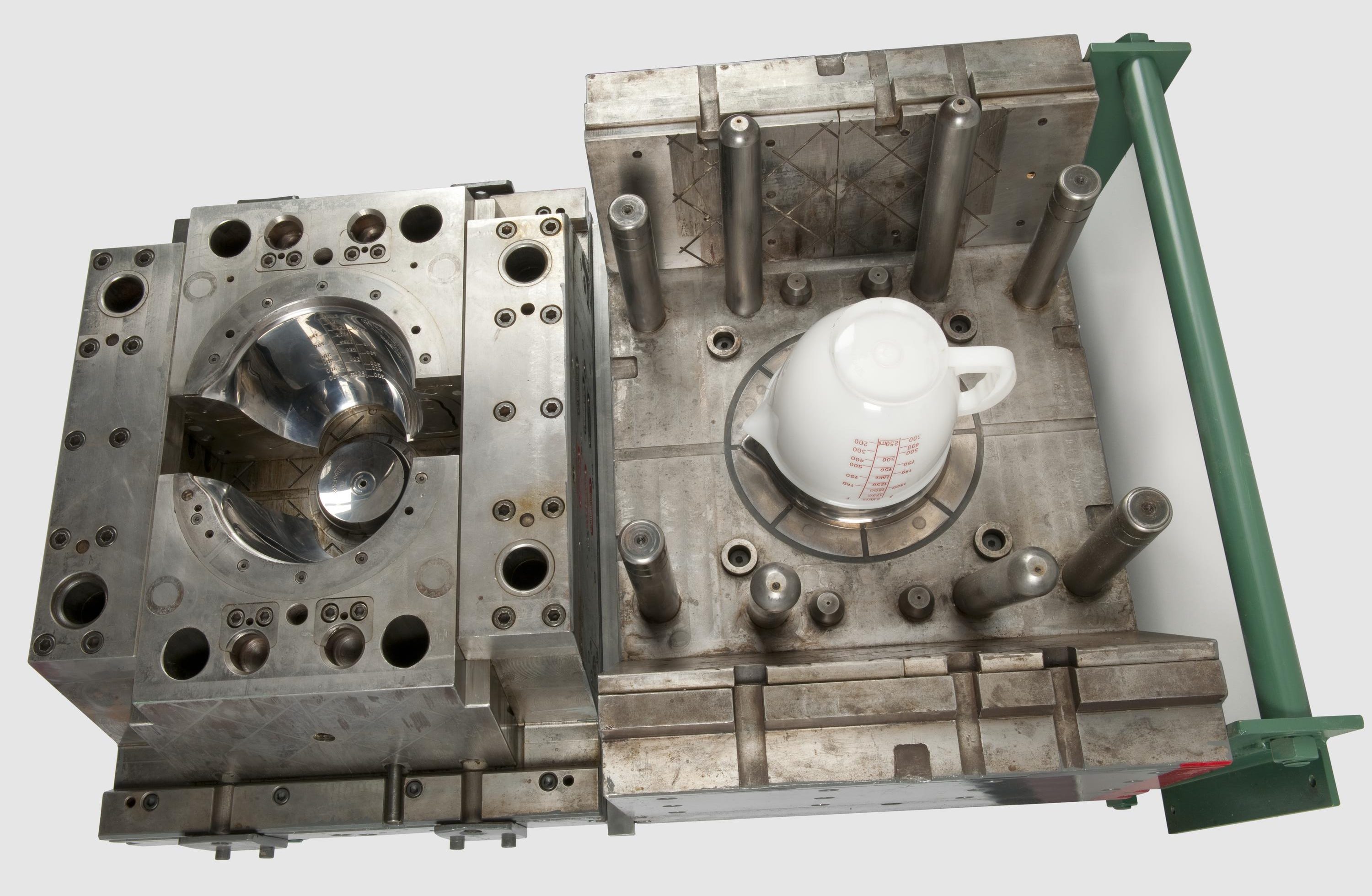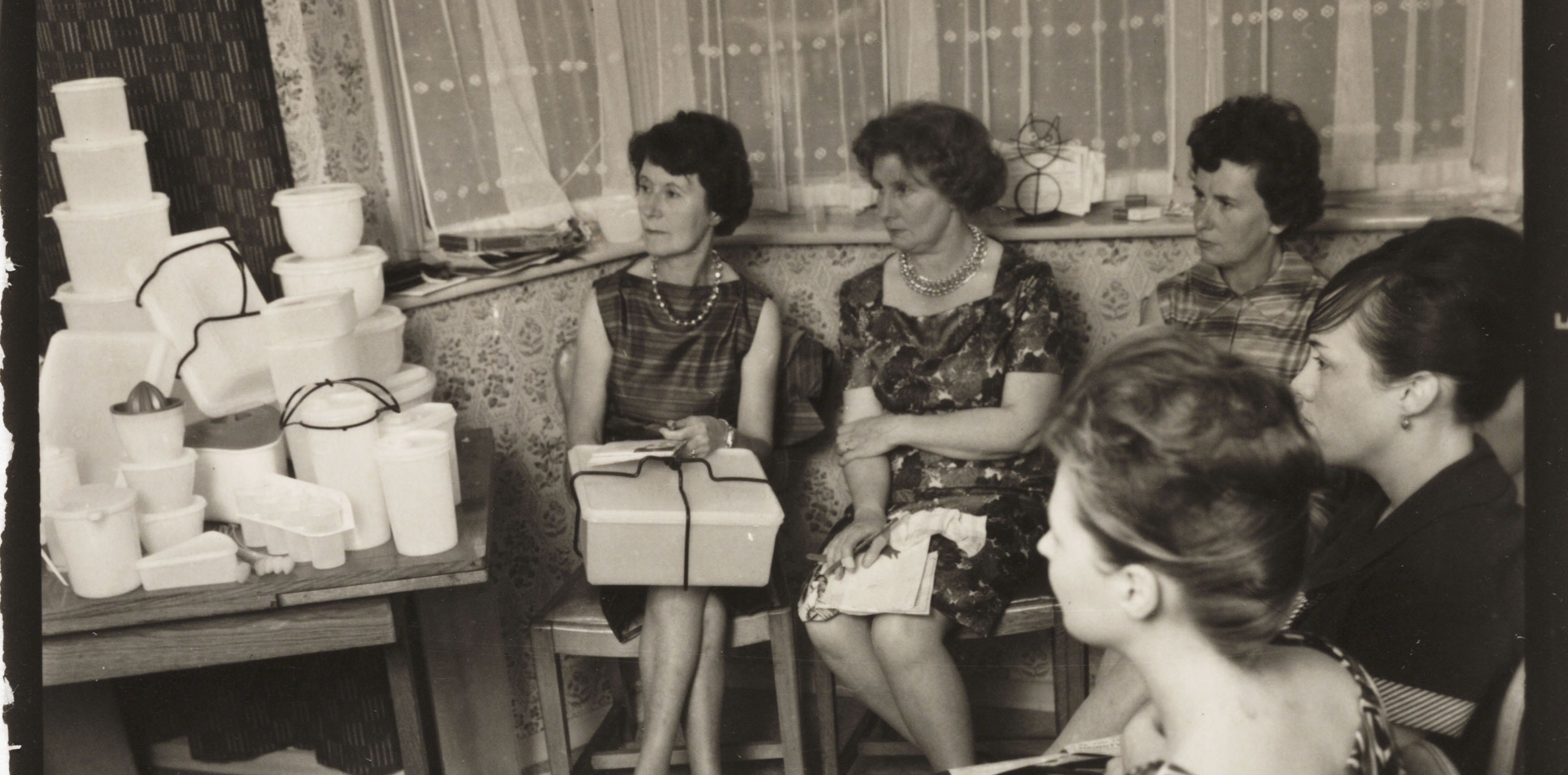Earl Tupper grew up in a farm in New Hampshire. His father encouraged the inventive spirit, making devices to aid their farming, including a chicken-cleaning frame that he patented. He showed early entrepreneurial promise. At the age of 10, he initiated door-to-door selling for the farm’s poultry.
Tupper’s first company was in tree surgery and landscaping, though it went bankrupt in 1936 following the Great Depression.

That year would be a turning point. Tupper met Bernard Doyle, who led the plastics manufacturing division of DuPont, the chemical giants. He joined the firm for a year before setting up his own plastics firm, The Earl S. Tupper Company.
Across the pond, a new plastic, polyethylene, had been accidentally discovered by two scientists working at ICI’s research laboratory at Winnington, Cheshire. The plastic, known today under the trade name polythene, was secretly used to insulate radar cables in the Second World War.
Tupper sourced waste polythene from his former employer, DuPont. He purified and moulded the black and hard plastic into a flexible and durable material. In 1946, inspired by the humble can of paint, Tupper invented a polyethylene container with an airtight lid for food storage.
Two years later, Tupperware was born. But it was not an immediate commercial success. Tupper realised one of his best distributers, Brownie Wise, was selling Tupperware through home demonstration. Tupper and Wise joined forces and launched a new sales strategy.
No longer available in shops, Tupperware was sold through Tupperware Parties and it was a big success. Wise became Vice President of Marketing in Tupper’s business. The Party Plan model was copied around the world.

Wise became somewhat of a celebrity in 1950s America, but things turned sour when Tupper fired her (some cite jealousy, others sexism) just before selling the company to the pharma company Rexel in 1958 for 16 million dollars. Wise received a 30,000 dollars years’ salary.
The story of Brownie Wise is currently being made into a blockbuster film starring Sandra Bullock.
Tupperware, under new management, continued to thrive into the 1960s and 1970s. The Science Museum has in its collection an example of the machine mould that mass produced individual items of Tupperware. This particular one, which belonged to a 1960s British factory in Harrow, made ‘mix ‘n’ stor’ measuring jugs.

